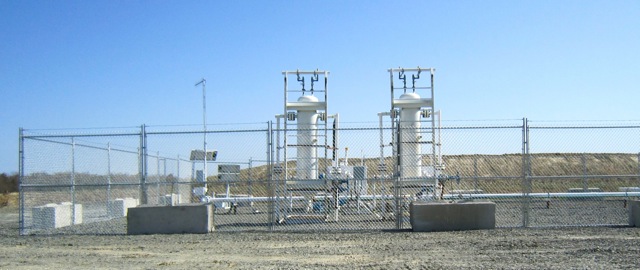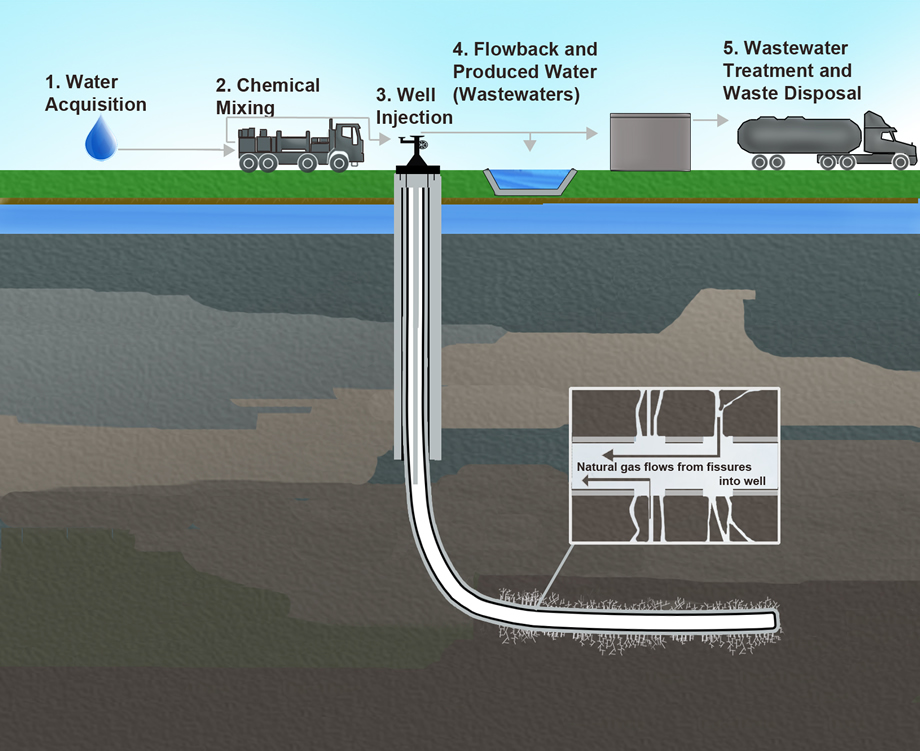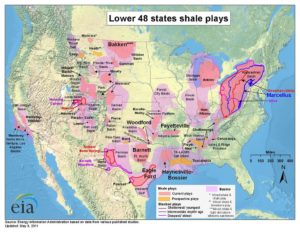In the recent global climate strike, 7.6 million people around the world rallied around a powerful message: scientific studies about human-caused changes to our environment are effectively ignored by large corporations that are invested in the exploitation of natural resources for profit, which often comes at the expense of health and social stability. The stakes have never been higher for politicians to govern based on scientific findings rather than succumbing to lobbying by special interest groups. Beyond public policy, taking a hard look at the sources of energy we employ to power everything from airplanes to air conditioning to AirPods will be necessary to minimize the negative outcomes of our personal and collective consumption on the environment.

While renewable energy based on the abundance of sun, plants, water, and wind is desirable for long-term sustainability, some non-renewable energy sources have also gained traction recently. In the past decade, production of natural gas has sharply risen. The United States has surged ahead of Russia and the Middle East as the largest producer of natural gas in the world, with production peaking in 2018. The global production of natural gas since 1965 has increased at a rate double that of oil, primarily due to improved infrastructure that allows better access to natural gas reserves. Some argue that natural gas is a greener alternative to oil and coal, yet methane, an even more potent greenhouse gas than carbon dioxide, can escape from natural gas drilling sites. To understand why this non-renewable energy source is booming throughout the country requires a deeper look at how natural gas is produced.

Natural gas is comprised mostly of methane, with smaller quantities of carbon dioxide, helium, hydrogen sulfide, and nitrogen. Historically, natural gas was collected alongside oil production, though extraction of natural gas from shale, a mixture of clay minerals and compacted mud, has become attractive with the introduction of hydraulic fracturing. Often abbreviated ‘fracking’, this process requires copious amounts of water at high pressure to bore wells deep into the earth where the gas resides. Water, sand, and chemical additives are sent into the shale, which creates fractures horizontal to the earth’s surface. The sand and chemicals prevent the fractures from closing and enable carbon-rich gases to escape over a period of years until the well is plugged. As the gases flow back up the well to the surface, 10 to 30 percent of the water injected to form the fractures will also return to the surface as wastewater, which may contain toxic metals, hydrocarbons, and radioactive materials. The wastewater is stored in pits and either treated for disposal in rivers or re-injected into the ground. Fracking has revolutionized the natural gas industry — in 2010, natural gas from shale accounted for 23% of production, but by 2035 is projected to increase to 49%.
Natural gas exploration occurs over basins of shale deposits that are proven to have large, accessible reserves of gas. The top three states for production are Texas, Pennsylvania, and Oklahoma. While North Carolina is one of 16 states that does not produce any natural gas of its own, it is a major consumer, as Duke Energy utilizes natural gas, coal, and a small percentage of renewable sources to power their energy grid. Although a press release from Duke Energy communicates a transition away from coal, the decrease in coal usage is more than compensated for by an increase in natural gas. Importantly, UNC uses electricity generated both by Duke Energy and an on-campus coal and natural gas plant, indicating that UNC is also dependent on natural gas produced by fracking operations elsewhere in the country.

What implications does fracking have, then, when natural gas is selling at an economically viable price point and flooding into power grids across the country? The introduction of new fracking sites to communities does not often proceed unopposed. Fracking operations have triggered small earthquakes from both the fracturing process as well as wastewater disposal, and the potential exists for larger earthquakes to damage buildings. Each well requires millions of gallons of water over the course of its lifetime and a majority of this water is not reclaimed; it simply becomes lost underground. There is a possibility that groundwater may become contaminated with carcinogenic chemicals such as benzene or toluene, which could end up in the water supply. Gas leaks from drilling sites can trigger fires and explosions in homes and businesses or cause adverse health effects including dizziness, memory loss, increased risk of cancer, and increased risk of congenital heart defects in children. At what point do we trade an endless list of negative outcomes for cheap, abundant access to energy?
In the debate surrounding fracking, gas companies and activists have each scored wins and tallied defeats in pursuit of their respective objectives. Within the US, proposed restrictions on drilling near residential areas (for example, within 2,500 feet of homes) are often defeated by lobbyists on behalf of the oil and gas industry. Other times, proposals for gas and oil exploration are struck down by state legislature and court rulings, providing a hopeful outlook for climate activists. Environmental and regulatory considerations are also hotly contested outside the United States. Some countries, including England, France, and Bulgaria, as well as some states within the US and provinces in Canada, have banned fracking and fossil fuel exploration. In contrast, countries such as China and Saudi Arabia have recently started to explore natural gas extraction through fracking. It is clear both that the global debate over exploiting this resource as a bridging technology between coal and renewable energy is underway, and that policy initiatives at all levels of government have the potential to approve or reject permits to initiate fracking exploration.
Proponents argue that natural gas will transition the world away from a reliance on oil and coal production toward a source of cleaner energy as well as increased energy independence of oil-poor countries. However, opponents point out that along with substantial environmental and health consequences, a switch to natural gas might stall innovation in the renewable energy sector. The most important step we can take is to educate ourselves about fracking and use this knowledge to voice concerns to policymakers when new permits are granted to explore natural gas production at home and around the world.
Peer edited by Priya Stepp and Elise Hickman
Wow! Great article! I never realized how NC was such a major consumer of gas despite not being a producer!